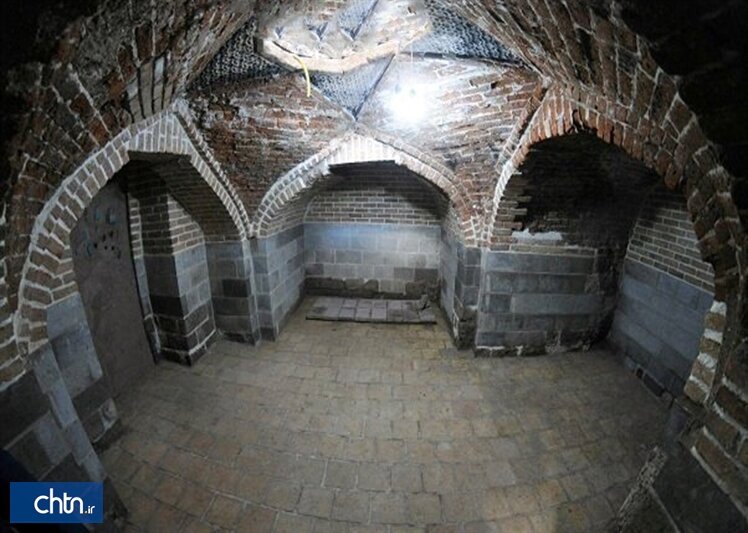East Azarbaijan historical tomb, mosques being restored

TEHRAN – Historical sites of Pir-e Khamush Tomb, Jameh Mosque of Marand and Pirbala or Bazaar Mosque in Marand county, northwestern East Azarbaijan province, are under restoration, provincial tourism chief has said.
The restoration projects are scheduled to be completed by the end of the current Iranian calendar year 1399, which ends on March 20, 2021, Ahmad Hamzezadeh said on Thursday, CHTN reported.
Pir-e Khamush Tomb dates back to Seljuk era (1037–1194). Seljuk, also spelled, Seljuq, was a ruling military family of the Oguz (Ghuzz) Turkic tribes that invaded southwestern Asia in the 11th century and eventually founded an empire that included Mesopotamia, Syria, Palestine, and most of Iran. Their advance marked the beginning of Turkish power in the Middle East.
Jameh Mosque of Marand is estimated to date back to the Ilkhanate times (1256–1335/1353). Hulegu, a grandson of Genghis Khan, was given the task of capturing Iran by the paramount Mongol chieftain Mongke. Hulegu set out in about 1253 with a Mongol army of about 130,000. He founded the Il-Khanid dynasty in 1256, and by 1258 he had captured Baghdad and all of Iran. The Il-Khans consolidated their position in Iran and reunited the region as a political and territorial entity after several centuries of fragmented rule by petty dynasties.
Pirbala or Bazaar Mosque was built during the Qajar period (1789–1925). Local people believe that it is built on the tomb of the wife of Prophet Noah (AS).
ABU/MG
